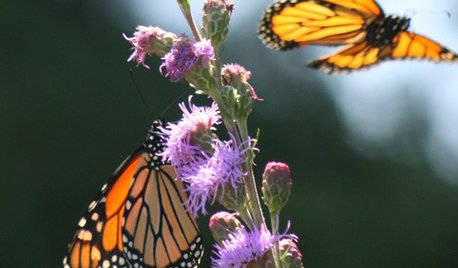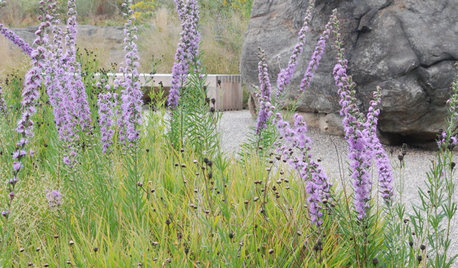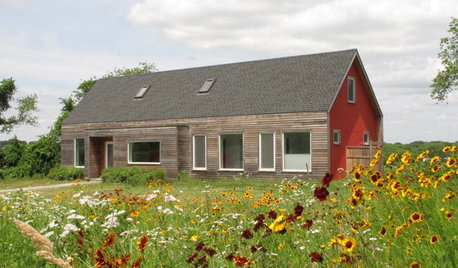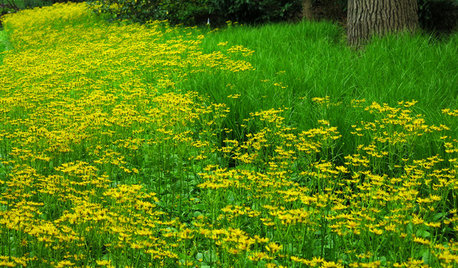recommendation for native meadow border
c2g
11 years ago
Related Stories

GARDENING GUIDESGreat Design Plant: Meadow Blazing Star (Liatris Ligulistylis)
Make fast friends with the monarch butterflies and get a color show too with this adaptable U.S. Midwest native
Full Story
INSPIRING GARDENSWhat We Can Learn From Longwood Gardens’ New Meadow
Sustainability, ecology, native plant communities ... this public garden is brimming with lessons on horticulture for home gardeners
Full Story
GARDENING GUIDESGarden-Friendly Native Alternatives to Overplanted Exotics
There are lots of gorgeous, wildlife-friendly native plants ready to make an appearance in your garden
Full Story
INSPIRING GARDENSNative Plants Bring 10 Southern California Front-Yard Gardens to Life
Rare plants, rain gardens and wildlife habitats are just a few of the features showcased on the 2016 Theodore Payne Native Plant Garden Tour
Full Story
INSPIRING GARDENSNative Plants Inspire and Educate at NYC's Botanical Garden
Stroll through the new Native Plant Garden with us to get great ideas for plant choices and sustainability
Full Story
GARDENING GUIDES10 Deer-Resistant Native Flowers to Plant This Fall
Learn about natives that embrace some kinds of wildlife but resist grazing deer
Full Story
GARDENING GUIDESOh, Deer! 10 Native Flowers That Stand Up to the Herds
Keeping a garden amid hungry deer can be hard, but these plants should fare well
Full Story
PLANTING IDEASWant a More Colorful, Natural Garden? Try a Perennial Meadow
Spend less time tending and more time taking in the sights by improving on Victorian and prairie garden designs
Full Story
LANDSCAPE DESIGNHow to Design a Meadow Garden Everyone Will Love
Petite grasses or sedges plus flowers make for a manageable landscape that welcomes wildlife
Full Story
FALL GARDENING5 Native Early-Spring Bloomers to Plant This Fall
Think beyond tulips and daffodils this year with plants that you and native pollinators will love
Full Story





docmom_gw
Nick4Natives
Related Professionals
Reading Landscape Architects & Landscape Designers · Accokeek Landscape Architects & Landscape Designers · Middle Island Landscape Architects & Landscape Designers · Finneytown Landscape Architects & Landscape Designers · Matthews Landscape Contractors · Brookside Landscape Contractors · Chelmsford Landscape Contractors · Fort Payne Landscape Contractors · Sun Valley Landscape Contractors · Norridge Landscape Contractors · Camp Springs Landscape Contractors · Livingston Decks, Patios & Outdoor Enclosures · Pittsburgh Decks, Patios & Outdoor Enclosures · Port Saint Lucie Decks, Patios & Outdoor Enclosures · Springfield Decks, Patios & Outdoor Enclosuresc2gOriginal Author
Nick4Natives
c2gOriginal Author